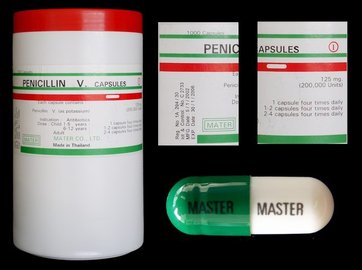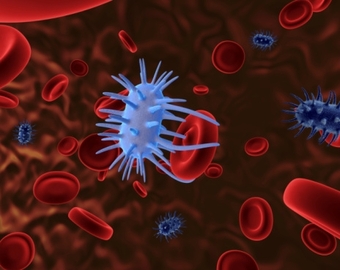Introduction

A bacterial disease is caused by harmful bacteria invading the human body. Upon entering, the bacteria begin to multiply and divide and form colonies in a particular region of the human body such as the lungs as in the case of pneumonia. The patient’s immune system tries its best to fight against the bacteria but sometimes fails in destroying it; as a result of this the toxins released by the bacteria cause illness in the patient. The type of illness and the outward symptoms of it depend on the types of bacterium entering the body. Generally, the symptoms include fever, coughing, vomiting, diarrhea etc. The cure for a specific bacterial disease also varies though with the advancement in technology there are more treatments that have been discovered.
History

The treatment of bacterial disease seemed like a far-fetched dream until the discovery of penicillin in 1928 by Alexander Fleming. Penicillin was hailed as a wonder drug ever since its discovery, as it cured many of the bacterial diseases existing at that time. Fleming also got a Nobel Prize for this discovery as it was considered and is still considered one of the most important discoveries of our time. After penicillin’s usage as an effective antibiotic, more scientists got the encouragement to research in this field. Moreover, as years progressed, it became obvious that not all diseases caused by bacteria could be cured by penicillin as some strains of bacteria had developed resistance to it. Nowadays, there are many antibiotics that are designed specifically for treating a particular disease caused by bacteria. Moreover, research is still going on in this field.
Features

The treatment of bacterial disease is primarily with the help of antibiotics. Generally, some antibiotics tend to work by inhibiting the reproductive rate of bacteria that have invaded the body of a person, or by killing the bacteria completely. Also, there are some antibiotics that release specific chemicals causing the disruption of the bacterial molecules. Still there are more antibiotics that are discovered that are designed to kill a particular pathogen. The ongoing research is an essential aspect of the cure and treatments involving such diseases as the bacterial molecules have the potential to change their DNA molecule rendering some antibiotics ineffective against killing those specific bacteria. The administration of an antibiotic depends on the intensity of the disease caused by the bacteria. Either it is administered orally, intravenously or by intramuscular injection. Also, the duration of getting cured variess from person to person as this is dependent upon the individual’s health. It is also true that getting cured from a disease caused by a bacterium is possible, not only with the administration of the antibiotic but also taking proper rest, eating healthy food (it is ideal to have a balanced diet) and taking in many fluids lest you might have lost a lot of water from your body.
Tips and comments
Proper hygiene and maintaining a distance from the person from whom you could contract such a disease, can also help saving yourself from a lot of trouble.